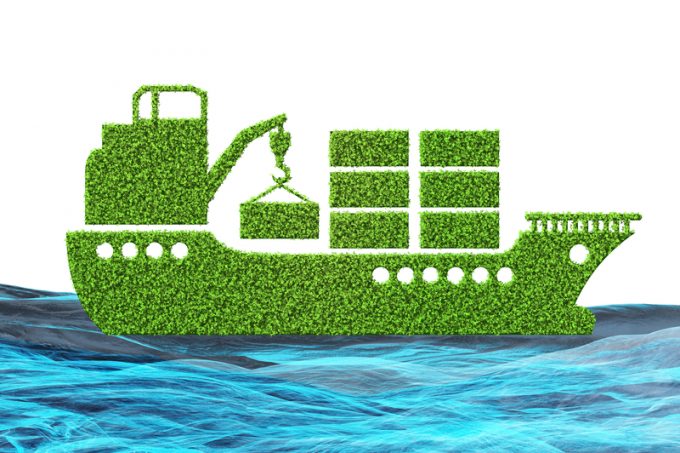Proposal for IMO-controlled shipping decarbonisation fund gains traction
Some 47 governments and industry groups are lobbying the International Maritime Organization (IMO) to implement ...

Scrubbers are removing more sulphur from exhaust gas emissions than actually required by the IMO 2020 sulphur cap regulations, according to the Clean Shipping Alliance (CSA) ship operator members.
On 1 January, the limit on sulphur emissions for maritime shipping was cut from 3.5% to 0.5%, but scrubber technology is capable of reducing the level to 0.1%, the maximum allowed for ships transiting designated SECA (sulphur emission control area) regions of the world.
Moreover, the CSA members said, “despite initial installation problems” ...
Asia-USEC shippers to lose 42% capacity in a surge of blanked sailings
USTR fees will lead to 'complete destabilisation' of container shipping alliances
Outlook for container shipping 'more uncertain now than at the onset of Covid'
New USTR port fees threaten shipping and global supply chains, says Cosco
Transpac container service closures mount
DHL Express suspends non-de minimis B2C parcels to US consumers
Zim ordered to pay Samsung $3.7m for 'wrongful' D&D charges
Flexport lawsuit an 'undifferentiated mass of gibberish', claims Freightmate

Comment on this article